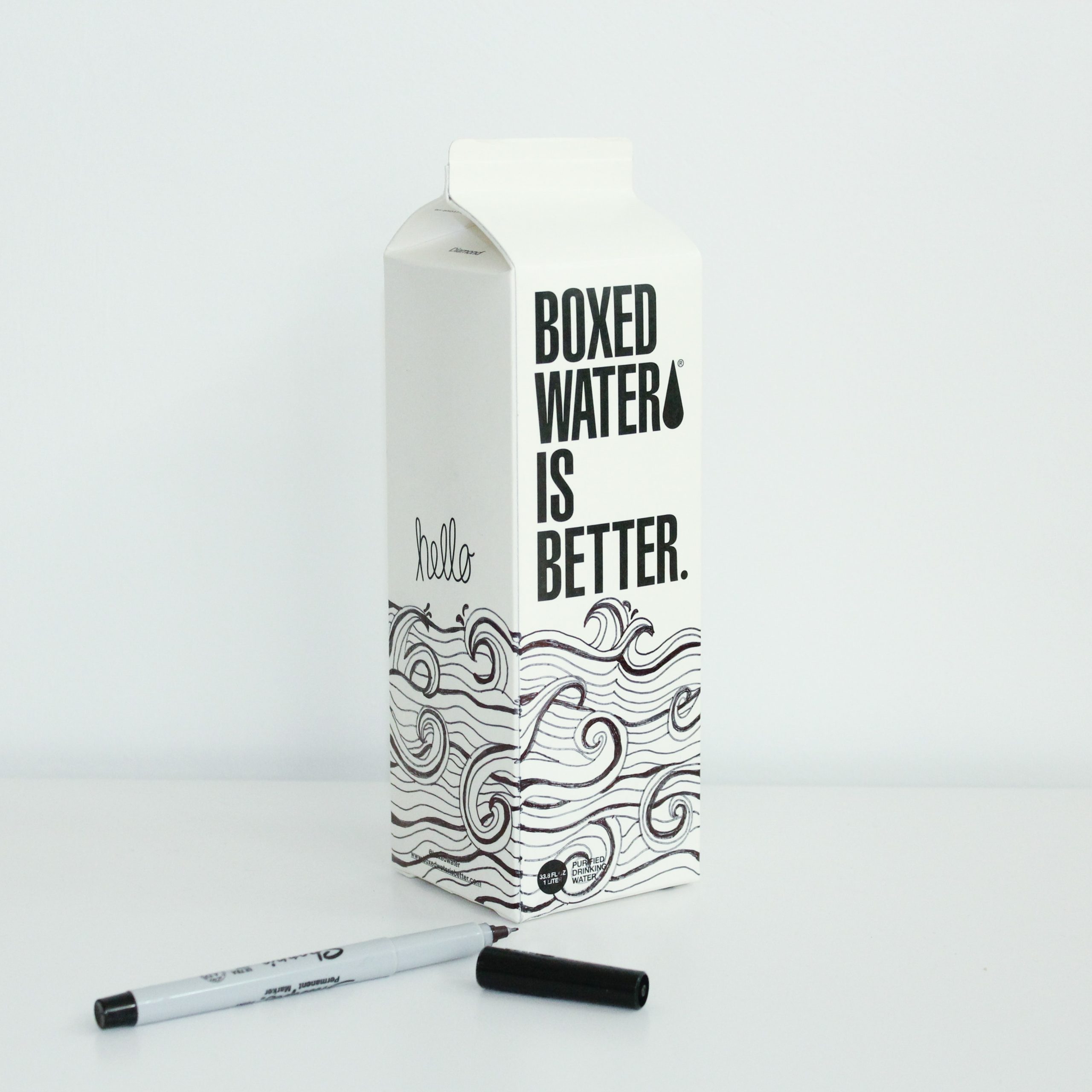- Design With Form And Function In Mind
Form and function are necessities when it comes to creating a package design that lures customers in. At its basic foundation, good packaging has solid function which entails keeping the contents of the package itself safe. However, a product wrapped in styrofoam and bubble wrap will never provide interest, which is where form comes into play. A plastic carton will look aesthetically pleasing and protect your product – form and function.
It is crucial to solid design to add information and graphics to the box that will educate consumers while keeping them interested. Explain in a few words what the product is, what it does, why someone would need it, and why it is better than other options.
- Send A Creative Message
The packaging does make your product. In fact, you may have the best product on the market, but if your packaging doesn’t communicate this, it can hinder your sales. Get creative with your packaging design and put a lot of thought and effort into it. At the end of the day, a great design signals that your product is high quality.
More importantly, you will want your product to appeal to influencers. One way you can do just that is by using creativity in your design as consumers are more forgiving about higher prices this way.
- Make Your Product Clear
Never make it ambiguous what your product is or force too much creativity that may hinder someone’s ability to judge your item. It is important that the brand name and the contents of the box are clearly labeled without room for misinterpretation.
Bold packaging is applauded in some instances, but if you’re a smaller brand trying to break into a competitive market, it is best to stay away from too much design clutter. Try to stay in line with a minimalist approach to your packaging and opt for key highlights and benefits of your product. Famous brands and corporations can get away with cluttered design, but you just don’t have the established following to do so yet.
- Consider Product Placement
Where you’re looking to sell your product, whether online or offline, should have a direct impact on your packaging design. For example, if a brick-and-mortar store will stock your products, chances are they’re going to get displayed on a shelf or hung on a rack. Of course, smaller brands will want to optimally branch out and sell their products online as well.
The Internet has millions of products and shoppers constantly looking for the next best thing. This means you’ll need to do what you can to stand out from your competitors. As consumers can’t touch and feel your products in-person, you’ll need to appeal to their other senses. For example, make sure your packaging design and color palette grab attention!
- Get Professional Advice
This is about the success of your brand, so make sure to get professional advice if necessary. An experienced consultant will help you work with your tight budget while also giving you tips on how to improve your packaging.
This is a Contributor Post. Opinions expressed here are opinions of the Contributor. Influencive does not endorse or review brands mentioned; does not and cannot investigate relationships with brands, products, and people mentioned and is up to the Contributor to disclose. Contributors, amongst other accounts and articles may be professional fee-based.

